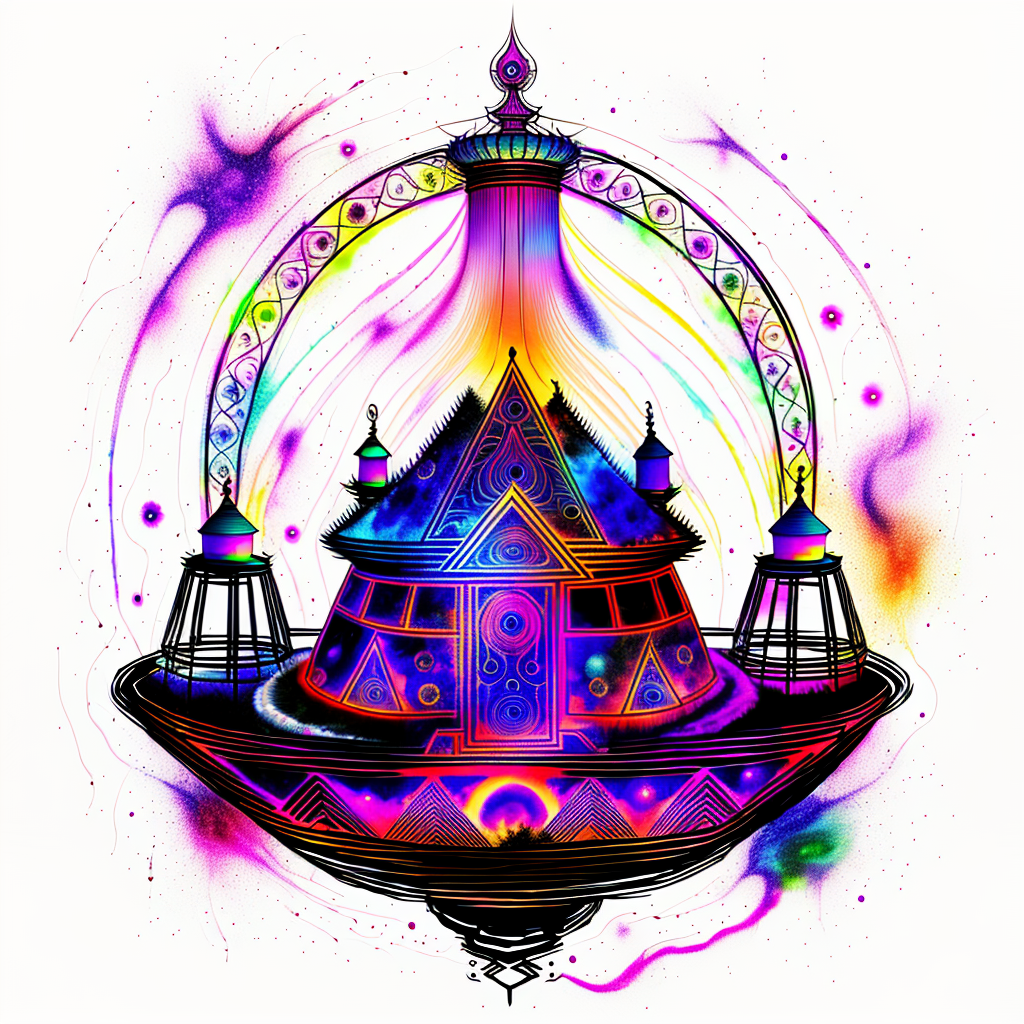Basically the title. In the US I’ve heard the fables of King Arthur and Robin Hood constantly. What are some other fabled heroes from antiquity that are less well known? Something from a non-Western culture.
There is this legend / history from Romania called Vlad Dracula. He was a Voivod (would be roughly a Count in Western nobility, but with more military powers) who brutally murdered the rich and corrupt Boyars and gave order and safety to the poor.
If you ignored the hundreds of impaled men, women and children in front of his Castles… Legend says he kept gold at the center of his towns to prove that all thieves were dead. If anyone openly stole the gold at the center of town, they’d be impaled.
Perhaps Vlad Dracula was too brutal by Western European standards. But IMO, there seems to be overarching tales of someone who stood up to the corrupt Nobility and actually enacted a sense of justice between both Robin Hood and Vlad.
Obviously, it’s 100% myth by the time people are telling stories of the Count Dracula who drinks your blood. But as a nobleman of the years 1400s or so, his true story is so difficult to separate out from the myths and legends. Whoever was for real, he was clearly brutal to have caused so many myths to be written about him.
Going further East, there are the many Tales of Baba Yaga. A powerful and brutal witch of Siberia. There’s all kinds of stories of Baba Yaga, but she usually has Twins or Triplets form, a Dancing Hut and powerful and brutal (but ironically fair) Magicks.
I wouldn’t say that Baba Yaga is like King Arthur… But Baba Yaga very similar to the evil and brutal Morgana of Arthurian lore. But Baba Yaga has no peer or equal. There is no King Arthur or other set of knights to save society from Baba Yaga wrath.
Even further East are the Fables from the Romance of the Three Kingdoms of China.
The TL;DR is that China had a massive civil war at the fall of the Han Empire in the year 200AD or so. This Civil War lasted three generations.
As the Han Emperor was stolen by the evil Dung Zhou, the 12-way Coalition army tried to save the emperor. It was too late however, China fell into a war and the 12 warlords soon entered a period of free-for-all, vying to control all of China.
The armies kill and or subsume each other until the rise of Shu, Wu and Wei. The ‘winners’ of that period of chaos. And then the real crazy shit starts happening.
They utilized Magicks to create battlefield conditions: unlikely wind that spread fires through enemy camps. They find legendary weapons. Single men fight against armies of a thousand or more.
This crazy Wizard/Inventor named Zhuge Liang invented hot air balloons and used them as communication between troop formations. No wait, this one is actually true and not a legend.
Lots of Chinese Magic and History here as the three-way free for all causes a natural set of alliance (Shu and Wu were weak early on) but then later when Shu grew more powerful, Wu and Wei staged a careful betrayal killing the God of War: Guan Yu (one of the main generals of the Shu. This is “That long-beard Guy riding the Red Horse” you keep seeing in every Chinese Restaraunt)
Romance of the Three Kingdoms is somewhere between King Arthur and the Bible in terms of importance to Chinese Culture. Even modern Chinese understand that whoever wrote the book was a Liu Bei fanboy (aka: obviously biased / favors Shu in every situation). But the book is incredibly influential to Chinese Philosophy. Many sayings and parables about the importance of scholarship and science (Zhuge Liang and Sima Yis inventions to change the course of battle), the importance of order and fairness (even the brutal warlord Cao Cao of Wei was well known and well-regarded as a fair king). The importance of recruitment efforts, and other such parables / philosophy regarding how societies can gain advantage over each other. Not just battle, but through economic power, legends, and more.
Since you brought up Vlad III, it’s probably worth noting that claims that he “inspired” Bram Stoker’s 1897 novel are grossly exaggerated. The truth is that Stoker had pretty much finished the novel and was just weeks from publishing it—under the title Count Wampyr—when he came across stories of Vlad the Impaler, and decided to change the name and a few minor details to fit.
This crazy Wizard/Inventor named Zhuge Liang invented hot air balloons and used them as communication between troop formations. No wait, this one is actually true and not a legend.
He’s also the guy after whom the “zhuge nu” (which you may also have heard called a “chu ko nu”—a repeating crossbow) is named. Though it seems likely that he was actually not involved in inventing it.
The Chu Ko Nu was more of a party-trick than a real weapon though. The amount of power behind each bolt was miniscule.
The actual “rapid-fire warbow” the Chinese used was the lol rocket-launcher. (Or really, Koreans did it first, strapping Chinese rockets to a bunch of arrows and lighting all of them at the same time, causing devastating effects on the battlefield). See Hwacha: https://en.wikipedia.org/wiki/Hwacha
Zhuge Liang’s biggest battlefield contribution in practice was probably the popularization of the “Ox Cart”, aka the Wheelbarrow. The Shu’s army could march further since they had such contraptions powering their logistics. Kinda funny to think that things like Wheelbarrows were still the stuff of sci-fi in the year 200 AD, but that’s where technology was in practice.
EDIT: The fact that Zhuge Liang’s lanterns (aka: hot air balloons) got practical usage back then is incredible though.
Yeah true. The Wikipedia page for zhuge nu actually mentions that it was primarily a self-defence weapon for women, not a battlefield weapon.
I find it amusing that the Wikipedia page for Huo Che makes no mention of the Korean Hwacha, other than in its “see also” section. That said, which one was done first seems…debatable, I wouldn’t feel comfortable coming down too strongly in favour of either one being the first.
Wow! Thanks for sharing amd all the detail. Amazing stuff. Loved reading it.
gave order and safety to the poor.
Didn’t he end poverty by inviting all poor people to eat and then burning the place down with them inside?
Honestly, if it doesn’t end with people getting impaled on spikes in front of his castle, I have a tough time believing it was Vlad, lol. Pretty much everything ended with “And then they were impaled to serve as a warning to everyone else” like every damn time.
There is Ngatetpya the great cat burglar of Myanmar. He was an actual person from 15th century or something but the later myth describe him as having as having super natural powers granted by enchanted tattoos on his legs. Like neighbouring country of Thailand, the tradition of enchanted tattoos were quite big in ancient Myanmar. You were not considered a man until you have thighs full of tattoos. Anyway, he could jump really high by slapping on his thighs, steal from rich people using his jumping powers and gave back to the poor. When he was finally caught, the king asked him to choose the weapon with which he was to be executed. The burglar blatantly said that he chose the queen consort. The gall of this guy impressed the king so much that he let him serve in his army. History described him as a successful scout/assasin in the king’s army.
Alibaba in some ways.
Nasreddin Hoca is the most popular Turkish folk hero
Anansi the Spider is a great trickster folklore character from the Akan in Ghana. I loved these stories as a kid and had a great book on tape.
Can’t go wrong with this list:
Alibaba in some ways.
My understanding of Alibaba (and the 1001 Arabian Nights) is that they’re closer to Arabic “Duck Tales”. Fantastical stories more designed to woo children with crazy powers and nearly illogical plot structures. However, 1001 Arabian Nights became absurdly popular in Europe, far more popular than well-respected Arabic Heroes. (Much like how Duck Tales is a children’s story in American culture, but way more popular in Europe for some reason). Or for the American equivalent: us importing young-adult shows from Japan (lots of anime) and the American adults consuming it.
For someone “like King Arthur”, an adventuring Hero that’s well respected in the culture that they’re from (ex: English respect King Arthur and see him as high-culture), Arabic Heroes are closer to Sinbad the Sailor instead, rather than Alibaba, Aladdin, or Scheherazade.
Unfortunately, if an Arabic tale came to Europe in the 1500s to 1800s, it would be called “Arabic Nights”, because the original 1001 Arabian Nights was just so popular, every translator in Europe would basically add it as one of Scheherazade’s sub-stories. So its difficult from a Western / English-speaking lens to see what is, or isn’t, respected high-culture stories.
I’m looking through Wikipedia and have come across Antarah ibn Shaddad, a Guardian of the Nativity (Yes, “that” Nativity, Jesus’s birthplace). Such a hero sounds far more similar to King Arthur as a heroic figure to look up towards. (A lot of 1001 Arabian Nights are filled with rather disgusting and backstabby characters and aren’t really “Heroes”).
I got nothin’ but this tangent: J.R.R. Tolkien did his world building and the novels they’re set in because he was jelly of the rich mythology of the neighboring northern European countries, and wanted England to have its own. I guess King Arthur and Robin Hood wasn’t good enough for him.
Meng Hao, I Shall Seal the Heavens.
The 12th Doctor met Robin Hood, who he insisted was fake even after meeting him. It was genuinely a very fun episode.
The TV series Merlin had the late great John Hurt and was also a super fun time.
The 13th doctor met the king during the witch hunts, which apparently was a decent impersonation of him. It was called The Witchhunter iirc
You could probably just look up any major medieval theft for something VERY specific






